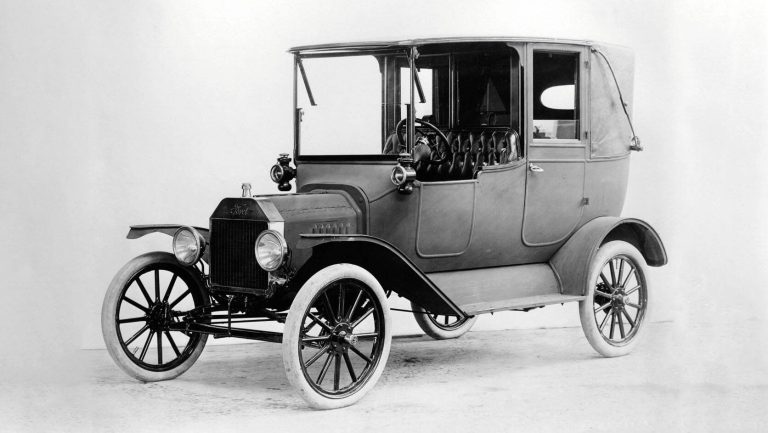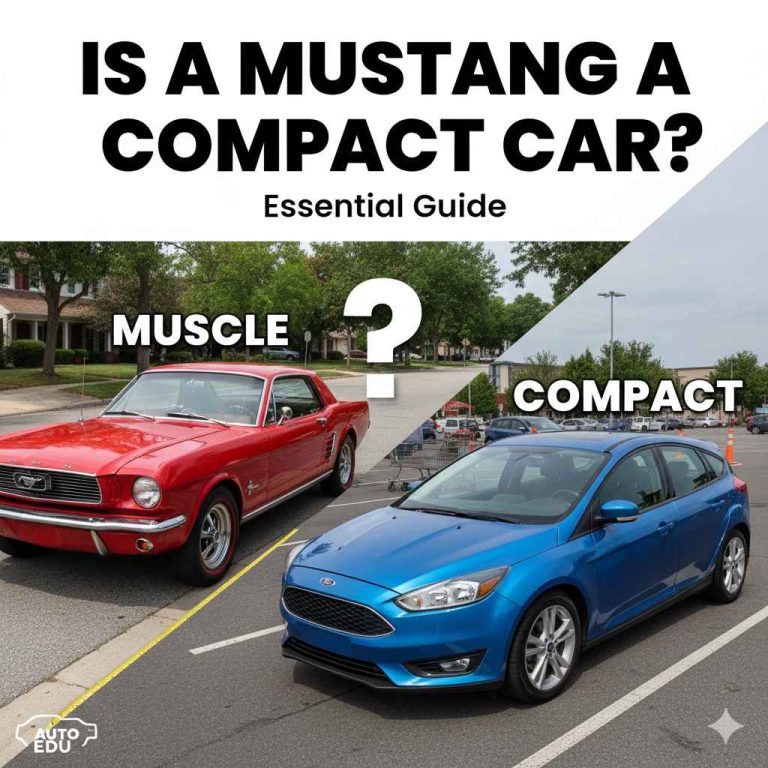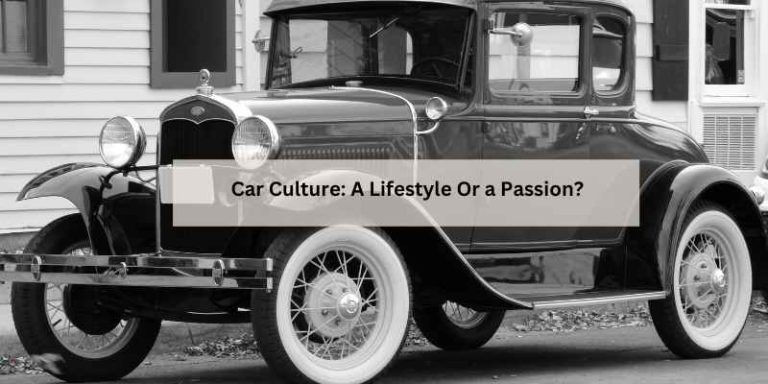The Evolution of Automotive Storytelling in Lifestyle Media
The evolution of automotive storytelling in lifestyle media has transformed the way brands connect with their audience. Through simple yet stunning storytelling, automotive marketers are able to create engaging and immersive experiences for consumers, making it personal and memorable.
This approach allows brands to build trust, establish a strong connection, and leave a lasting impression. From commercials to magazines, the art of storytelling has become an integral part of automotive marketing, allowing brands to showcase their vehicles in a compelling and relatable way.
As the automotive industry continues to shape the future, storytelling remains a powerful tool for brands to differentiate themselves and capture the attention of their target audience.
The Early Wheels Of Narrative
The early days of automotive storytelling were shaped by the print media, which played a pivotal role in crafting the identity of cars. These narratives were instrumental in shaping the perception of vehicles and establishing their place in popular culture. Through storytelling, the automotive industry was able to create a compelling narrative around its products, showcasing them as more than just modes of transportation. These early stories laid the foundation for the evolution of automotive storytelling in lifestyle media, setting the stage for the impactful role it plays in modern marketing and branding strategies.
Transition To Television
The evolution of automotive storytelling in lifestyle media has seen a significant transition to television. Ads that drove emotion became iconic campaigns of the 20th century. Brands leveraged television to tell captivating stories that resonated with audiences. The emotional appeal of these campaigns left a lasting impact on consumer perception and brand loyalty. Through compelling narratives and memorable characters, automotive storytelling on television became a powerful tool for connecting with consumers on a deeper level. As a result, it transformed the way automotive brands engaged with their audience and established a strong emotional connection.
Digital Revolution
The rise of the internet has led to a digital revolution in the automotive industry. From websites to social media platforms, brands now have more opportunities to connect with their audience than ever before. One of the most popular forms of digital storytelling is through viral videos, which allow brands to showcase their vehicles in new and exciting ways. Additionally, brand storytelling has become a key component of automotive marketing, with companies using compelling narratives to create emotional connections with their customers. As the industry continues to evolve, it’s clear that storytelling will play an increasingly important role in how brands communicate with their audience.
Influence Of Lifestyle Media
The influence of lifestyle media on automotive storytelling has been profound, with automobiles becoming lifestyle icons in their own right. Collaborations with fashion and tech have further blurred the lines between automotive and lifestyle content, creating a seamless blend of storytelling that resonates with modern audiences. Brands are leveraging the power of lifestyle media to position their vehicles as more than just modes of transportation, but as symbols of identity and aspiration. The evolution of automotive storytelling in lifestyle media has opened up new avenues for brands to connect with consumers on a deeper, more emotional level, tapping into their desires, aspirations, and values.
The Art Of Storytelling In Marketing
Automotive storytelling has become an essential aspect of marketing that allows companies to create engaging consumer experiences. To achieve this, copywriters must master the art of storytelling by adhering to the five pillars of automotive copywriting. These pillars include simplicity, authenticity, emotional appeal, relevance, and uniqueness. By following these principles, copywriters can craft compelling stories that resonate with their audience and create a lasting impression.
Storytelling is often applied in automotive commercials, and it has evolved over time to meet the needs of today’s consumers. Brands are now embracing storytelling to immerse consumers with their brand and make it personal to create engagement. Automotive storytelling has also been adopted by lifestyle media, with magazines such as Crankshaft focusing on the art of storytelling and high-quality collector-car content.
Overall, automotive storytelling has played a significant role in shaping the future of the automotive industry and has become an essential tool for building a strong automotive brand. By utilizing the power of storytelling, companies can connect with their audience, build trust, and create a lasting impression.
Case Studies: Successful Campaigns
Explore the fascinating evolution of automotive storytelling in lifestyle media with successful case studies. Discover how leading brands are reshaping their narratives to engage audiences and create impactful campaigns, driving the future of automotive marketing.
| Case Studies: Successful Campaigns |
|---|
|
Challenges And Critiques
The evolution of automotive storytelling in lifestyle media has brought forth various challenges and critiques. Navigating consumer skepticism is a critical aspect, especially considering the debate over glamorizing speed and luxury.
Future Trends
Sustainability is becoming a key theme in automotive storytelling, as consumers are increasingly conscious of their environmental impact. Brands are using storytelling to showcase their commitment to sustainability through initiatives such as electric cars and eco-friendly production processes. Augmented reality is also playing a role in the future of automotive storytelling, as it allows consumers to interact with products in a more immersive way. This technology can enhance the consumer experience by providing a virtual tour of a car’s features or allowing them to customize their vehicle.
Frequently Asked Questions
Faq 1: How Does Storytelling Impact Automotive Marketing?
Storytelling plays a significant role in automotive marketing by engaging consumers, creating emotional connections, and building brand loyalty.
Faq 2: Why Is Storytelling Important In Lifestyle Media For The Automotive Industry?
Storytelling is crucial in lifestyle media for the automotive industry as it allows brands to showcase their products in a relatable and captivating manner, resonating with their target audience.
Faq 3: Can Storytelling Enhance The Consumer Experience In The Automotive Industry?
Absolutely! Storytelling has the power to immerse consumers in the automotive brand, making the experience more personal and memorable, ultimately creating stronger engagement and brand affinity.
Conclusion
In the ever-evolving world of automotive storytelling in lifestyle media, one thing is clear: simple yet stunning storytelling is key. By embracing the power of storytelling, automotive brands can connect with their audience, create engagement, and build a strong brand identity.
From immersive commercials to high-quality collector-car content, the evolution of automotive storytelling has transformed the way we experience and engage with the automotive industry. As we continue to witness this evolution, it’s evident that storytelling will remain a vital tool for automotive brands to leave a lasting impression on their audience.




